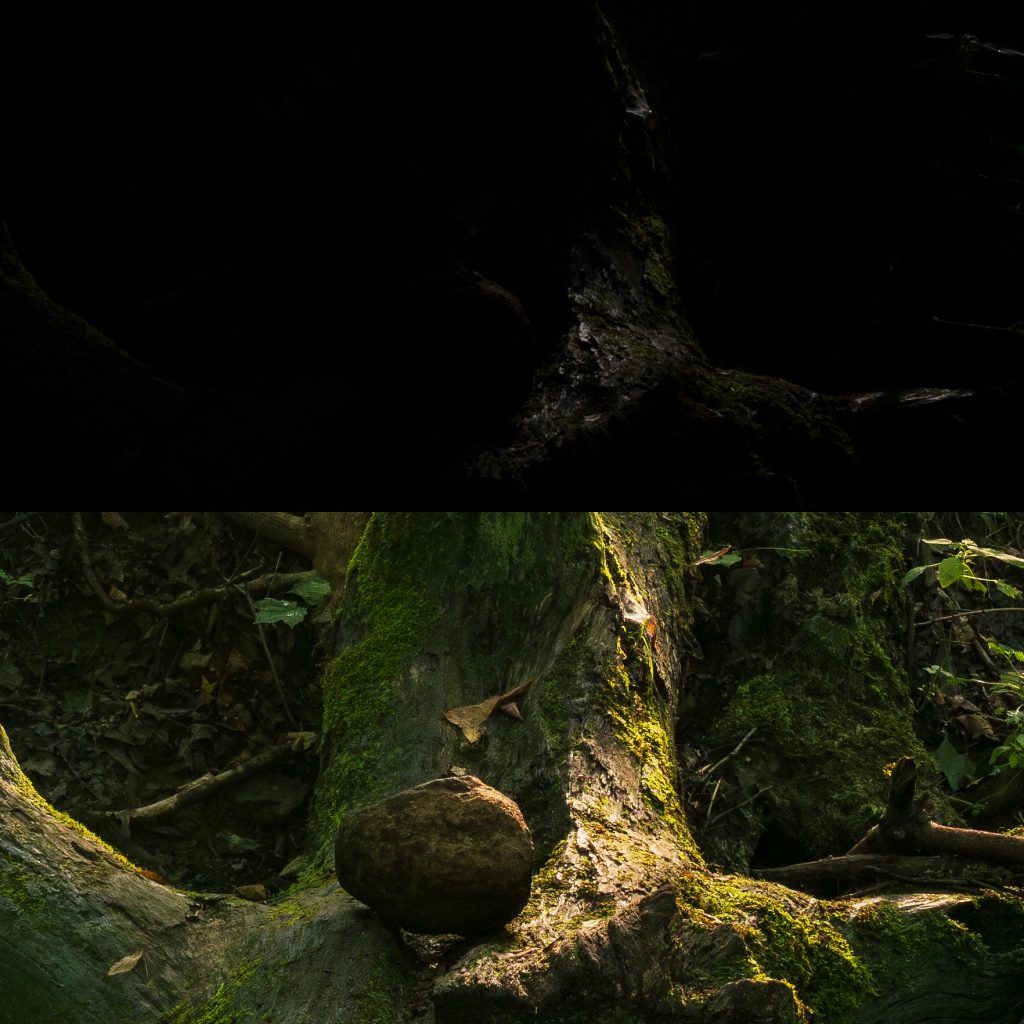Image Quality
The Nikon Z7 II uses the same 45.7 megapixel backside illuminated sensor as the Z7, and while this sensor is now coming up on 5 years old, Nikon made a smart decision by reusing this sensor in the Z7 II. As an owner of the Canon R5, and previous owner of the Sony A7R IV, I’ve used excellent high resolution full frame sensors in the past, but the sensor in the Z7 II is perhaps the finest imaging sensor I’ve had the pleasure of using in the 20 years I’ve been a photographer. Let’s dive into the specifics.
Dynamic Range and Color
The Z7 II has been lauded for its excellent image quality, and that starts with its truly outstanding dynamic range. While the R5 and that aforementioned A7R IV measure similarly in the dynamic range department by the numbers, in real-world usage, I’ve never used a camera that produces files that can be pushed and pulled to the degree that the Z7 II’s can. Shooting at ISO 64 produces exceptionally clean images that have decent highlight headroom for RAW recovery, but exceptional shadow detail. Even a 5 stop push in the shadows yields excellent detail with no banding, and outstanding color fidelity. There is some noise when pushing a photo that far, but with modern noise reduction software, this can be reduced so that even wildly underexposed images can be rescued and used for large prints. Higher ISO files don’t have the insane dynamic range of the lower ISOs, but the incredible dynamic range of the Z7 II makes it a dream to use for landscape photography.
The shot above was taken as part of a bracketed series, due to the extreme brightness differences in the scene. The merge to HDR worked ok, but had some artifacts due to moving leaves and changes in the water reflections. However, simply taking the darkest exposure and pushing the exposure, and some masking of the brighter area above, yielded an image with nearly the same level of detail in the shadows, while avoiding all the artifacts. This is a +3.5 stop straight push, with an extra +35 in the shadows, and pulling back some of the highlights.
Below are 100% crops of the darkest part of the image, showing the exposure of the RAW file straight out of camera (top half), and the same spot after the exposure adjustments and processing (bottom half):

Color is excellent too, with a natural feel to the files that has cut down on the amount of postprocessing work that I do. While I slightly prefer my Canon bodies for portraiture with regards to the color science, I prefer the Nikon colors for landscape work, with outstanding greens and beautiful tonal transition in browns and yellows.
Detail and Noise
With 45.7 megapixels, the Z7 II is capable of producing images with excellent detail for making large prints or heavy cropping. Despite the lack of an anti-aliasing filter, I did notice that the Z7 II files don’t have quite the biting pixel level detail that some other 45 megapixel cameras have, including Nikon’s Z8, but it an extremely minor difference that no one will likely ever see in real world use.
Noise control is exceptional at lower ISOs, with ISO 64 images being perhaps the cleanest of any camera I’ve used in recent memory. Higher ISOs are good, but of course show a bit more per-pixel noise than lower resolution cameras. I’m comfortable shooting the Z7 II up to around ISO 12,800, where images still retain good levels of detail, and noise, while certainly present, cleans up quite nicely with modern tools. Higher ISOs can be used in a pinch, of course, but will show a more pronounced drop in image quality.
Video
If you’re a frequent visitor to this site, you know that I’m not a videographer. I shoot a handful of clips a year using my serious cameras, and that’s about it. As such, I haven’t shot a single video clip with the Z7 II. There are many great reviews out there that cover the video features of this camera, so I would steer you to another site if you want to go in-depth on video features.
I can tell you that the Z7 II can shoot full sensor width oversampled 4K video at up to 30 frames per second, or up to 60 frames per second if you are OK with a small 1.08x crop. The standard 1080p modes are also present. Despite having enough pixels for 8K video, the Z7 II sticks to 4K as its maximum resolution.







Leave a Reply